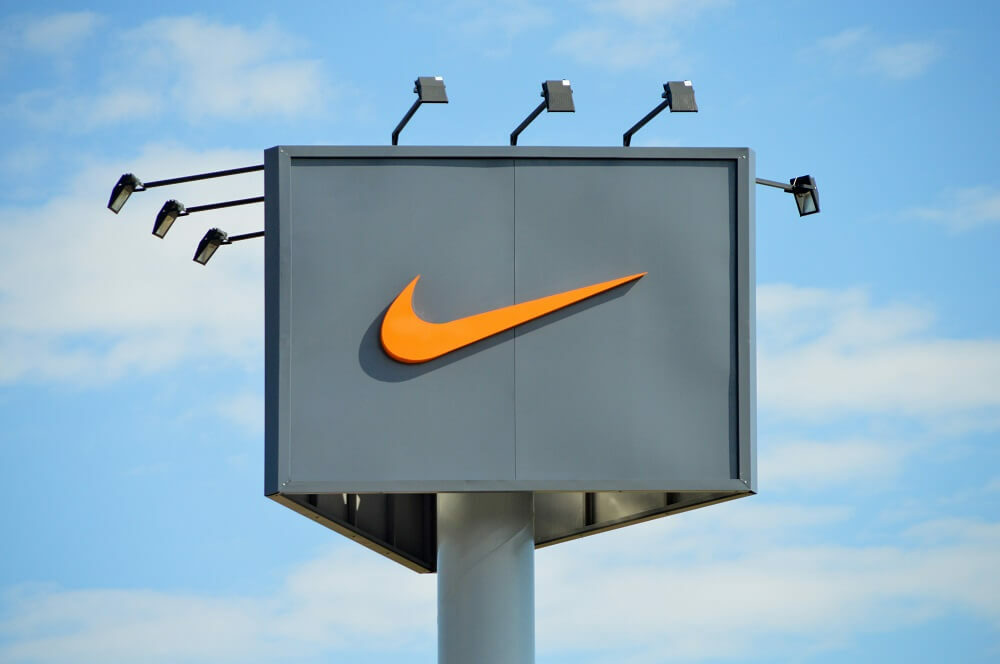Table of Contents
Making ads is always not an easy task, and improving it is much more difficult. Many people have been struggling to enhance their ads and attract more customers to their business.
Feel related? You’ve come to the right place.
This blog will help guide you to use Facebook’s 20% Rule in your work, attract more customers and fuel your business growth.
In this article, we will walk you through defining the 20% rule and applying it to your ads. In addition, several examples of successful cases from different businesses will be utilized to demonstrate the ideas and advantages of this rule.
Where can we observe Facebook’s 20% Rule in action?
To put it simply, the 20% rule states that for each particular occurrence, 80% of the outcomes (outputs) originate from 20% of the causes (inputs). Therefore, we should focus on the 20% of things that will bring the highest results.
These days, the 20% rule is applied widely in different fields, ranging from business and economics to advertisements. In advertising, we should only focus on 20% of our content to promote our brand, and the 80% left to interest our audience and engage them in conversations.

Only 20% of our content is to promote our brand.
Depending on your business, you can determine your audiences’ area of interest and adjust your social media postings accordingly. For instance, a maternity wear seller can create posts related to parenthood or child-rearing.
Similarly, if you sell jewelry, your posts should contain fashion & styling advice, rather than only concentrating on jewelry mix & match ideas.
The reason behind it is that your target audiences already know what you’re offering.
The trick here is to keep your followers interested in your postings, which are designed to provide them with important, helpful, or even entertaining material. As a result, you may not only retain your loyal viewers but also increase the number of followers who are interested in the product.
On the other hand, promoting your items too hard might turn off your followers, make them fatigued, and even cause them to perceive your postings as spam. Also, platform algorithms can detect this and drastically restrict your presence as a result.
Accordingly, it is best to focus more on the users instead of the business.

Nike’s page is a collection of athlete documentaries, sporting success stories rather than posting about their products only
In short, Facebook’s 20% Rule states that 20% of your postings should be on your products, including discounts, special deals, or offering valuable information, etc., which may be a persuasive call-to-action that stimulates your audience to discover more about your brand, perhaps leading to conversion in the future.
The remaining 80% of postings should be entertaining and shareable; they might be general business news or updates, how-to guides, tutorials, fun and engaging content (such as quizzes), or amusing material (such as memes).
What is Facebook’s 20% Rule in image ads?
According to Facebook, the highest-performing ads use photos with little to no text. When they initially established the 20% rule, it noted that Facebook advertisers might cover the pictures in their advertisements with no more than 20% text.
Users were able to check how much space they could take up with text by using a tool. If the text exceeded Facebook’s 20% Rule, the ad would become inactive and would not be permitted to run.
Although currently, the restriction is no longer strictly applied in Facebook ads, it is still recommended as a means to make your ads more effective.
In other words, if your ad picture contains more than 20% text, it will no longer be rejected outright. It will, however, be limited in its potential reach to your viewers based on the grade your ad earns from Facebook’s Text Overlay Tool. These guidelines also applied to Instagram advertisements.

Facebook’s 20% Rule states that ad pictures should contain less than 20% word.
How to Use Facebook’s 20% Rule to Improve Your Ads?
1. Select the proper font size:
Obviously, the most important aspect to consider when producing your ads is font size. The bigger the font size, the more space it takes up. However, you do not want to use a font that is too tiny, since this will make it much more difficult for your audience to read your content.
The chosen font size must be based on different factors, e.g. your image’s size, your material including a headline or not, etc.
2. Include no more than a headline or one line of text:
The text in your visual ads should provide valuable or eye-catching information to your viewers. That is, a headline or one line of text, such as an offer, a call-to-action, or a discount, added to your photo advertising is sufficient.

Visual ads should only include a headline or a line of text.
3. Use eye-catching, striking word choices:
Your overlay should be qualified to catch the audiences’ attention or be a hint of their value. This action is to ensure the impact of your ads and allure your audience to click on them. The greater detail of your product or promotion can be laid in the body of the ad.
4. Use an alternative text overlay tool to check your text-to-image ratio:
Since Facebook’s text overlay tool is no longer accessible, you may want to use an alternative that is similar to Facebook’s original tool to assure the effectiveness of your advertising. You can try these two tools alternately.
- Tool 1: You can upload your image and then choose all the squares that contain text in the image, the tool will help you check the text-to-image ratio.
- Tool 2: Similarly, this tool will check the percentage of text in your image, and help to improve your ads.
5. Use a grid to better organize the text:
Using a grid from a free tool like Canva is a great way to measure and adjust your text-to-image ratio, and make sure that the text will not take up much more than 20% of your ads.
To be more specific, if your grid has nine boxes and one line of text takes up three boxes horizontally, the text is too large. It may be too tiny if it just takes up one box.
What should you keep in mind?
The very first thing you should memorize is that logos, text-based logos, and watermarks do qualify as text on your image. Aside from that, Facebook 20% Rule does not apply to infographics, books, album covers, posters for movies, music festivals, sporting events, and entertainment shows, etc.

Logos do qualify as text on your image.
Secondly, when it comes to the quantity of text in your ad’s image, you should bear in mind to use powerful images, strong copy, and also avoid excessive text, in order to catch the reader’s attention and enhance the quality of your ads.
Lastly, while the 20% rule has been shown to be helpful and profitable in many areas, it may not always be applicable to your purpose and target clients. Finding an appropriate rule to follow or figuring out the new rule on your own is therefore acceptable, as long as it benefits you the most.
Conclusion
Facebook’s 20% Rule is commonly used in ad making. To make the best out of this rule, you should be noted that:
- In social postings, 20% of your posts are about your products, and 80% left are used to engage your customers.
- In image ads, the text should take up no more than 20% of the entire image. To accomplish this rule, here are some tips:
- Select the proper font size;
- Include no more than a headline or one line of text;
- Use eye-catching, striking word choices;
- Use an alternative text overlay tool to check your text-to-image ratio;
- Use a grid to better organize the text.
Last but not least, the type of image and text should be considered before applying this rule. For example, Facebook 20% Rule is not applicable to movie posters or album covers. After all, the objective is to make your ads stand out and raise awareness of your products among others.


